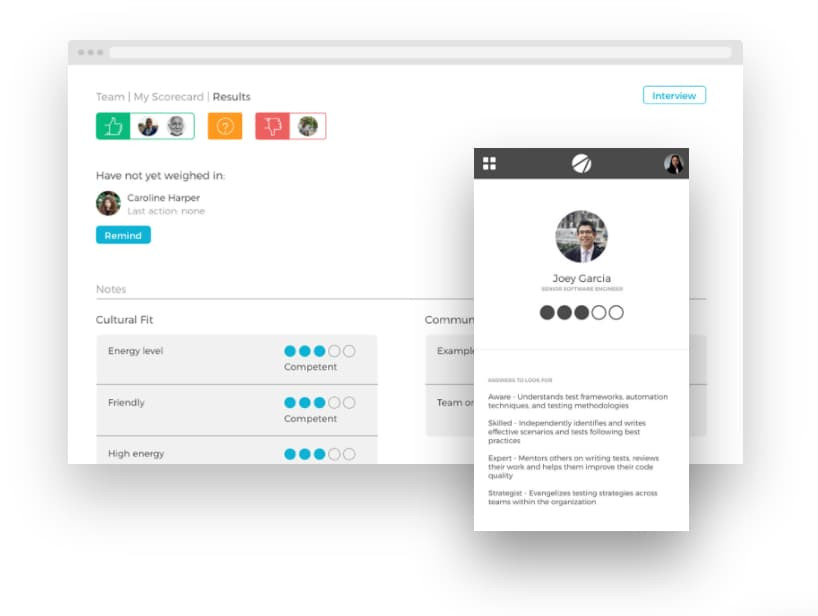After a period of healthy skepticism due to quite the hype cycle, many recruiting teams and talent acquisition leaders have now rightfully embraced AI. As the applications become more familiar and the benefits more tangible, enterprises are increasingly seeking “smart” solutions.
Ascendify is a big believer in the power of machine learning and predictive analytics for talent acquisition and management — we built a smart, end-to-end platform upon it — so it’s been exciting to witness this evolution in the industry.
Today, AI is regularly helping businesses make better decisions and answer important questions. Things such as:
Should we recruit externally or hire internally?
What is the current diversity make-up of the team?
What team skill gaps can we resolve with a new hire?
Which of the top candidates should we choose?
What gaps in each candidate do we need to develop?
How long will it take to develop those gaps?
What programs, learning assets, or tools can close gaps?
Smart data and machine learning algorithms are truly improving every step of the recruiting process.
Let’s reflect on how AI’s integration into enterprise talent strategies has enhanced three major stages of acquisition. It’s exciting to see how far we’ve come — and to consider how far we’ll go.
Better Candidate Experience
An intelligent app determines who someone is when they visit your career portal (even if they’ve never visited before), and serves up custom content and a personalized experience from the very first touchpoint. It can figure out if the candidate is in sales or engineering or whichever function, then automatically present that user with the right information. The candidate gets more of the one-to-one treatment that makes for a great experience, but right from the beginning.
AI can also auto-disposition applicants that don’t meet minimum requirements, providing them with instant feedback so they’re not falling into the dreaded black hole of the typical application process. This is a pro for the recruiting team too, of course: It takes tedious tasks off their plates and allows them to reclaim time for more strategic work.

Better Interviews and Hiring Decisions
Smart data identifies team strengths and skill gaps, and reveals exactly the attributes to be looking for in new hires to best bolster the group. Machine learning generates data-based interview kits that optimize interview loops and guide interviewers in appropriately assessing candidates, based on capability models. (It also eventually determines which interviewers tend to pick the best candidates.)
Hiring decisions are best augmented with data and facts — not just gut instinct.
Better New-Hire Experience
Predictive analytics automate and optimize some of the onboarding process by intelligently recommending learning assets and suggested projects for a successful first 90 days. These recommendations are unique to the individual based on gaps uncovered in the interview process. New hires are set up with all the resources and opportunities they need to ramp quickly, grow into their role, and be a productive member of the team.
These AI-driven enhancements in the talent acquisition process also have massively positive downstream effects in nurturing, managing and retaining the talent you already have, to say nothing of the cost savings and revenue benefits inherent in intelligent people management. Large enterprises needn’t push paper, digital or otherwise, from employee to employee any longer now that the era of people-centric predictive analytics and machine-based learning is finally upon us.

